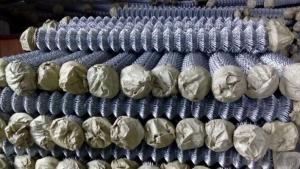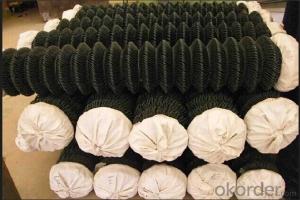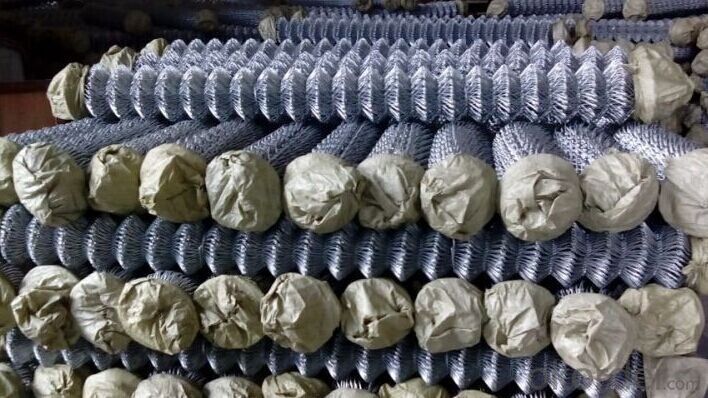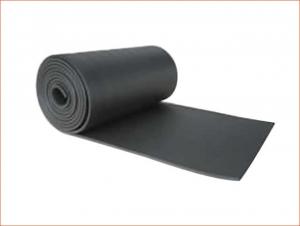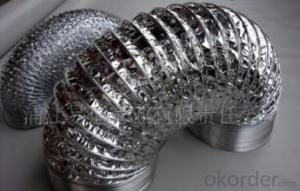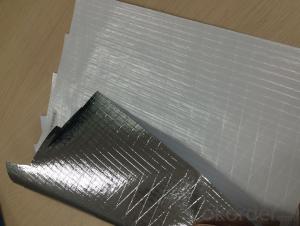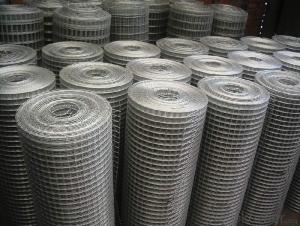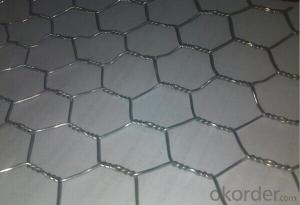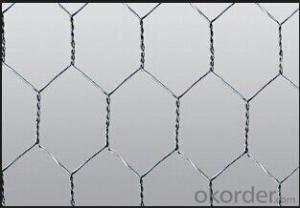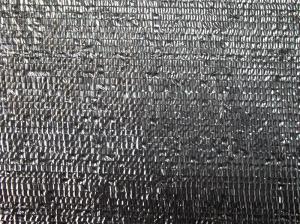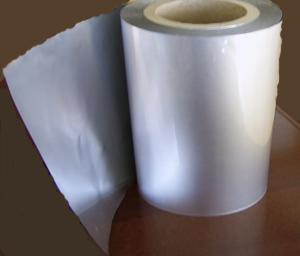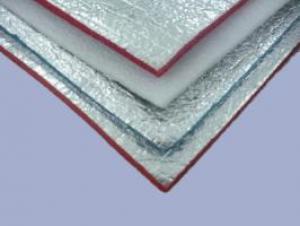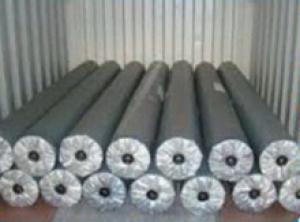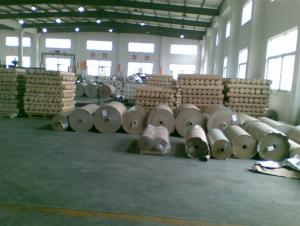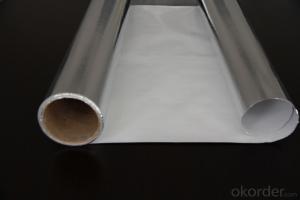Aluminum Foil Facing Reinforcing Mesh Panel
- Loading Port:
- China Main Port
- Payment Terms:
- TT OR LC
- Min Order Qty:
- -
- Supply Capability:
- -
OKorder Service Pledge
OKorder Financial Service
You Might Also Like
Specifications
wire mesh
1. CE, ISO9001:2008
2. High Quality Low Price
3.Galvanized wire, PVC coated
4.Delivery: 10 days
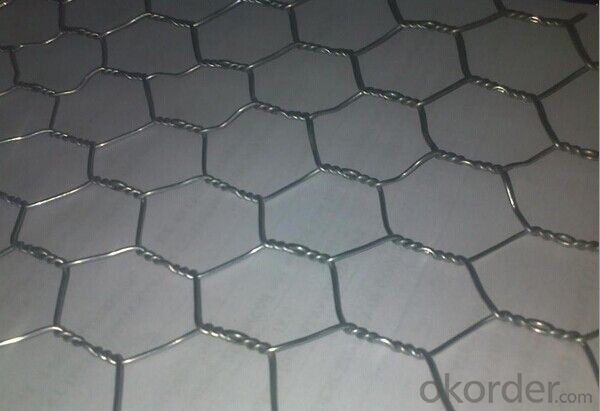
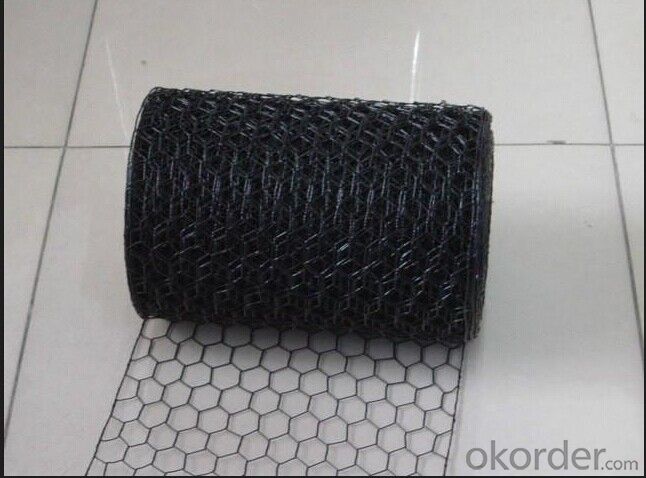
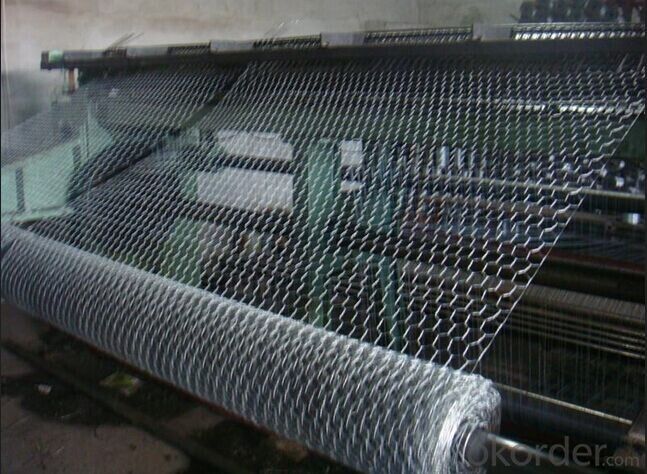
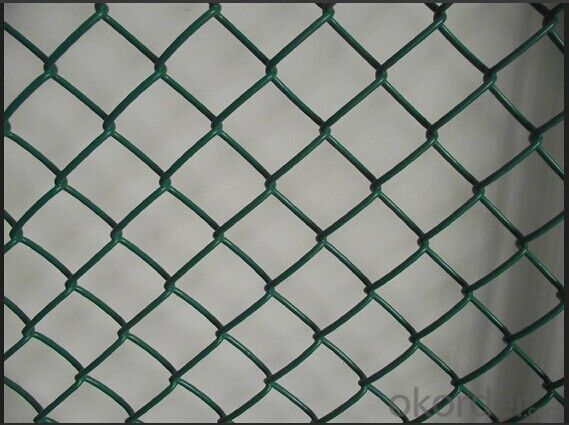
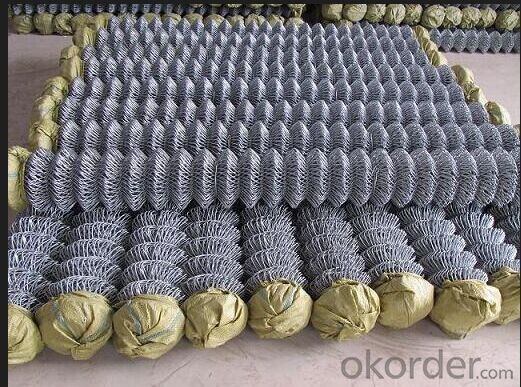
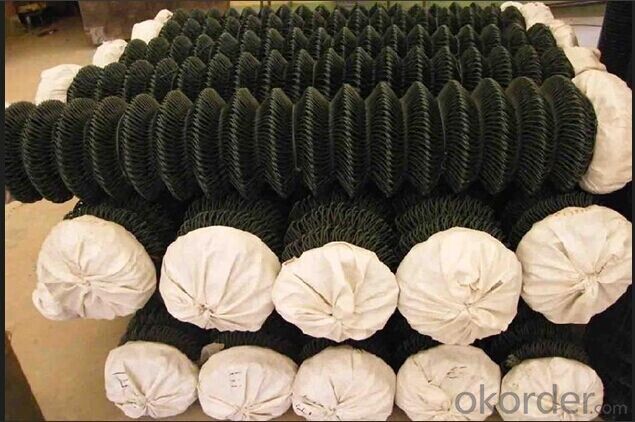
Woven wire mesh
Stainless Steel Wire Mesh:
We produce stainless steel wire mesh from first class stainless steel wire material in SUS/AISI 201 202 302 304 310 310S 316 316L 321 430 etc.
Stainless steel wire mesh with its excellent resistance against acid, alkali, heat and corrosion, find extensively uses in processing of oil, chemical, food, making wire mesh filter, also sorting and screening of solid, liquid and gas in mine, metallurgy, airspace and machine making etc.
Stainless steel wire mesh | ||||||
mesh/inch | wire diameter mm | aperture mm |
| mesh/inch | wire diameter mm | aperture mm |
2mesh | 1.80 | 10.90 | 60mesh | 0.15 | 0.273 | |
3mesh | 1.60 | 6.866 | 70mesh | 0.14 | 0.223 | |
4mesh | 1.20 | 5.15 | 80mesh | 0.12 | 0.198 | |
5mesh | 0.91 | 4.17 | 90mesh | 0.11 | 0.172 | |
6mesh | 0.80 | 3.433 | 100mesh | 0.10 | 0.154 | |
8mesh | 0.60 | 2.575 | 120mesh | 0.08 | 0.132 | |
10mesh | 0.55 | 1.990 | 140mesh | 0.07 | 0.111 | |
12mesh | 0.50 | 1.616 | 150mesh | 0.065 | 0.104 | |
14mesh | 0.45 | 1.362 | 160mesh | 0.065 | 0.094 | |
16mesh | 0.40 | 1.188 | 180mesh | 0.053 | 0.088 | |
18mesh | 0.35 | 1.060 | 200mesh | 0.053 | 0.074 | |
20mesh | 0.30 | 0.970 | 250mesh | 0.04 | 0.061 | |
26mesh | 0.28 | 0.696 | 300mesh | 0.035 | 0.049 | |
30mesh | 0.25 | 0.596 | 325mesh | 0.03 | 0.048 | |
40mesh | 0.21 | 0.425 | 350mesh | 0.03 | 0.042 | |
50mesh | 0.19 | 0.318 | 400mesh | 0.025 | 0.0385 | |
Width of Stainless Steel Wire Mesh: 0.6m-1.5m | ||||||
Welded Wire Mesh
Reinforcing Mesh Panel Description:
1. Reinforcing Mesh Panel also named Welded Steel Bar panel or Heavy welded wire mesh panel.
2. Wire diameter of Weded Steel Bar Panel: 5mm -16mm
3. The opening of Welded Steel Bar Panel: 75mm-300mm
4. Reinforcing Mesh Panel length: 1m - 12m
5. Reinforcing Mesh Panel width: 100cm-240cm
6. Reinforcing Mesh Panel, Wire profile: Smooth profile, or ribbed profiile.
7. Reinforcing Mesh Panel, type of material: Q235
8. Reinforcing Mesh Panel Standard size: 2.4m x 6m
9. Australian Standard: SL72,SL82.
- Q: This question asks about the proper way to store aluminum foil to keep it facing the right way for easy use.
- <p>To store aluminum foil facing the right way, first use up one side completely. Then, fold the remaining foil in half with the shiny side facing out. Place the folded foil back into the box or container, shiny side up. When you need to use it next, the shiny side will be facing you, making it easy to tear off. To keep it flat and wrinkle-free, you can place a piece of cardboard inside the box, or roll it around a clean, empty paper towel tube.</p>
- Q: The user is asking if it's possible to use aluminum foil with a reflective side to cook a pot roast.
- <p>Yes, you can use aluminum foil with a reflective side to make a pot roast. Aluminum foil is a versatile tool in cooking and can be used to wrap the roast, helping to retain moisture and cook the meat evenly. Ensure the foil is heavy-duty to withstand the cooking process and avoid punctures. Remember to monitor the roast closely to prevent overcooking, and adjust cooking times and temperatures as needed.</p>
- Q: What precautions should be taken when handling hot food using aluminum foil as a cooking tool?
- <p>When handling hot food using aluminum foil, first ensure the foil is thick enough to withstand high temperatures without puncturing. Always use heat-resistant gloves or a thick cloth to avoid burns. Do not wrap food directly in aluminum foil if it's very hot, as this can cause the foil to tear or the food to stick. Allow the food to cool slightly before wrapping. When removing the foil from the heat source, use tongs or a spatula to avoid direct contact with the hot foil. Be cautious of steam when opening the foil, as it can be very hot.</p>
- Q: Is it safe to use aluminum foil as a cooking surface? If yes, what kinds of foods are suitable for cooking with aluminum foil?
- <p>Yes, aluminum foil can be used for cooking, but it's important to use it safely. It's suitable for wrapping foods like fish, meats, and vegetables to retain moisture and flavor. It's also used for making packets for steaming or baking, and for lining baking sheets to prevent sticking. However, avoid using it with acidic foods or at high temperatures as it can react with the food or release aluminum into the food. Always use heavy-duty aluminum foil for cooking to ensure it can withstand the heat.</p>
- Q: What are the considerations or safety measures to be aware of when using aluminum foil with a nonstick coating?
- <p>When using aluminum foil with a nonstick coating, it's important to avoid exposing it to high heat as the nonstick layer can degrade and release harmful fumes. Do not use it in broilers, on grills, or in the oven at temperatures exceeding 400掳F (204掳C). Additionally, refrain from cutting or puncturing the foil, as this can damage the nonstick surface. Avoid using metal utensils that might scratch the coating. Always follow the manufacturer's guidelines for safe use and temperature limits.</p>
- Q: Is it safe to use aluminum foil facing inside a microwave oven?
- <p>No, it is not safe to use aluminum foil facing in the microwave oven. Aluminum foil can cause sparks and potentially start a fire due to the reflective nature of the metal. It can also damage the oven's interior. Always use microwave-safe materials and avoid metal when cooking in a microwave.</p>
- Q: What is the most suitable material for food packaging that ensures safety and is also eco-friendly?
- <p>The best material for food packaging that is both safe and environmentally friendly is biodegradable or compostable material. Materials such as PLA (Polylactic Acid), made from renewable resources like corn starch, and paper-based packaging are preferred. They are non-toxic, compostable, and reduce plastic waste. Additionally, materials like glass and metal can be recycled and are also considered safe for food contact. However, it's crucial to consider the entire lifecycle of the packaging to ensure it's truly sustainable.</p>
- Q: Explain the distinct characteristics of aluminum foil facing compared to other metal facings.
- <p>Aluminum foil facing is a type of metal facing material that is made from thin sheets of aluminum, known for its light weight, high reflectivity, and excellent heat resistance. It is commonly used in construction for insulation and moisture protection. In contrast, other types of metal facings, such as steel or copper, may offer different properties. Steel facings are often stronger and more durable but can be heavier and less resistant to corrosion without protective coatings. Copper facings are known for their natural resistance to corrosion and can be used in applications requiring antimicrobial properties or high thermal and electrical conductivity. Each type of metal facing has its unique advantages and is chosen based on specific application needs.</p>
- Q: Does using aluminum foil facing have any positive effects on health when baking bread?
- <p>Using aluminum foil facing when baking bread does not directly provide health benefits. However, it can help in achieving a more even bake and a better crust, which may enhance the overall quality of the bread. Aluminum foil facing can also prevent bread from burning by reflecting heat away from the bread's surface. While this doesn't impact health, it can improve the bread's taste and texture, which might indirectly contribute to a more enjoyable eating experience and potentially encourage healthier food choices.</p>
- Q: Explain the differences between thin and thick aluminum foil facing in terms of thickness, durability, and usage.
- <p>Thin aluminum foil facing is characterized by its low thickness, which makes it flexible and easy to handle but less durable. It's commonly used for wrapping food, baking, and protecting surfaces. Thick aluminum foil facing, on the other hand, is more robust and tear-resistant, suitable for heavy-duty applications such as construction, insulation, and packaging. The thicker material offers better protection and durability, but it's less pliable and can be more challenging to work with.</p>
Send your message to us
Aluminum Foil Facing Reinforcing Mesh Panel
- Loading Port:
- China Main Port
- Payment Terms:
- TT OR LC
- Min Order Qty:
- -
- Supply Capability:
- -
OKorder Service Pledge
OKorder Financial Service
Similar products
Hot products
Hot Searches
Related keywords
